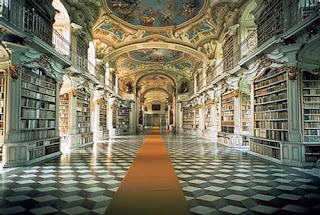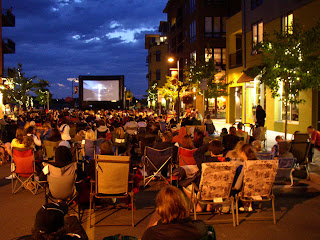What is Database Cinema?
When a digital film editor begins to put a film together he has a variety of clips or digital files to choose from. Think of these clips as a database; files of information waiting to be used.
These 'files' can be assembled in a logical sequence, or can be out of sequence. In a story the events are typically in chronological (time/event) order; in the narrative plot we may begin in the middle of thins (in media res) and then have flashbacks.
Dislocations of sequence add to suspense and keep the spectator intrigued. The plot becomes a kind of puzzle and the spectator may have to do more work. One result is a feeling of greater participation. Also it is possible to re-tell the story with a different outcome, if the components are re-arranged. An example is the film Run Lola Run.
In some cases clips or files that have been uploaded can be played back by the application in random order with the result that each viewing will be different from the one that came before.
Or clips uploaded can be run alongside an established film for irony, collision, similarity of difference. An example of database film as participatory engagement is Man With a Movie Camera: The Global Remake. As their website explains, the film is
“a participatory video shot by people around the world who are invited to record images interpreting the original script of Vertov’s Man With A Movie Camera and upload them to this site. Software developed specifically for this project archives, sequences and streams the submissions as a film. Anyone can upload footage. When the work streams your contribution becomes part of a worldwide montage, in Vertov’s terms the ‘decoding of life as it is’.”
When the material is linked thematically it is possible to preserve a degree of coherence in the material.
Alternatively, the material submitted can be curated, selected or composed by a Director or a team of editors. An example is the YouTube sensation Life in a Day.
A more radical step is to abandon storyline and allow free access to all of the footage, and to provide options for the reader to re-arrange it. Potentially, each participant creates his or her own film composition.
As the technology evolves we can anticipate more complex editing options and a great range of source material that can be used as 'free commons.'
The options currently available for print and text that Burroughs and B.S. Johnson experimented with fifty years ago with will soon be available to experimental film makers.
If you want to read more on this topic, see my blog



Why not follow these blog posts on Twitter with "Postfilm" - all the latest participatory media news.
ReplyDeleteThanks for this!
ReplyDelete